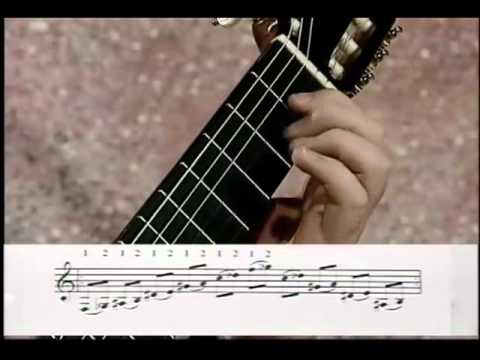So I have been practising guitar alot the last 12 years and have a lot of hours under my belt. It puzzles me why I still have problems with things that shouldn’t be a problem at my level. One major thing is my fretting hand.
Doing trills for example is quite hard for me. Should this not be working the same way as with learning a picking motion ie you can only do it right by trying it fast first?
I feel like I should have been practising it enough to where I can do fast legato at least on a single string but I really cant’t.
Anybody who can share any sucess story in regard to getting a fast fretting hand?




